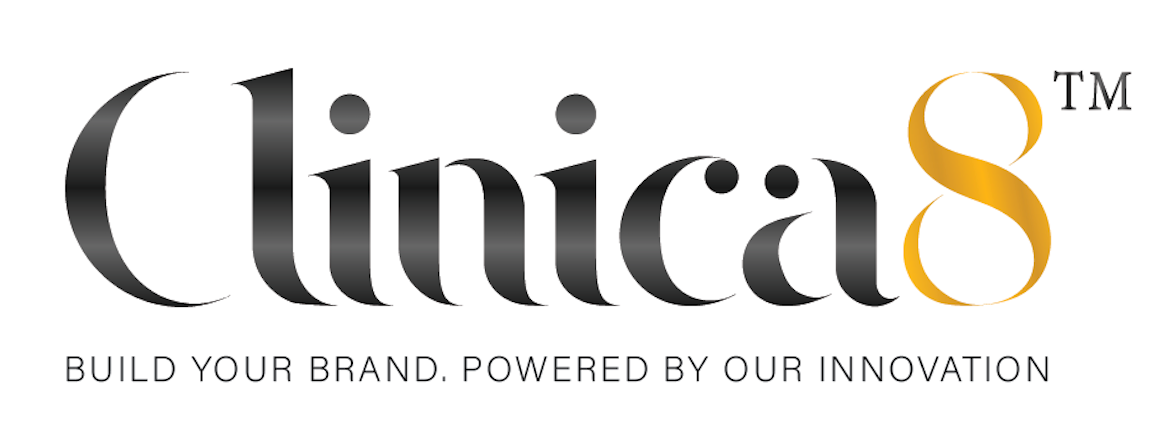What to Do with Oily Skin: Complete Management Guide for Private Label Brands
Master oily skin management with advanced formulation strategies and ingredient science. Learn how to balance oil production, minimize pores, and create products that achieve 60% sebum reduction in clinical trials.
M. Basi
Partner

Oily skin affects approximately 40% of adults and presents unique challenges that require specialized formulation approaches. Understanding the science behind sebum production, pore appearance, and skin barrier function is essential for creating effective products that manage oily skin without causing irritation or rebound oil production.
Balancing oil production is a key goal in managing oily skin. This involves using ingredients that help regulate sebum production without stripping the skin of its natural oils. Niacinamide, salicylic acid, and zinc PCA are effective ingredients for balancing oil production.
Minimizing pore appearance is another important aspect of oily skin management. Enlarged pores are often a result of excess sebum and clogged pores. Ingredients such as salicylic acid, retinol, and clay can help unclog pores and reduce their appearance.
Maintaining the skin barrier is crucial for preventing rebound oil production. Stripping the skin of its natural oils can trigger the sebaceous glands to produce even more oil. Using gentle cleansers, hydrating moisturizers, and barrier-repairing ingredients can help maintain a healthy skin barrier.
Clinical trials are essential for validating the efficacy of oily skin treatments. These trials involve measuring the reduction in sebum production, pore size, and acne lesions over time. Products that achieve a 60% sebum reduction in clinical trials are considered highly effective.
Formulation strategies for oily skin should focus on using lightweight, non-comedogenic ingredients that won't clog pores. Gel-based cleansers, oil-free moisturizers, and mineral sunscreens are good choices for oily skin.
Education is also a critical component of oily skin management. Customers need to understand the causes of oily skin, the importance of consistent treatment, and the potential side effects of different ingredients. Providing clear and accurate information can help customers manage their oily skin effectively and achieve long-term results.
By mastering oily skin management and implementing advanced formulation strategies, private label brands can create products that deliver significant sebum reduction, minimize pore appearance, and improve the overall health and appearance of oily skin. The key is to combine scientific knowledge, formulation expertise, and a commitment to customer education.



